Ancient civilizations have left behind more than just ruins; they’ve woven mysteries, cultures, and innovations into the fabric of history. While well-known societies like Egypt, Greece, and Rome often capture the spotlight, many lesser-known civilizations have equally fascinating legacies. These cultures, from the deserts of Africa to the mountains of Central Asia, contributed unique advancements in areas like art, science, and architecture. Though some existed thousands of years ago and left few clues, their influence can still be felt today. Exploring these civilizations reveals a world of intriguing achievements and unsolved mysteries that have shaped our collective past. Here are 19 ancient civilizations that, while not as famous, left lasting marks on history.
Nabta Playa Civilization

In the vast sands of Egypt’s Nubian Desert, Nabta Playa emerged around 6000 BCE, flourishing as one of the oldest African civilizations. Despite the challenging desert environment, this society developed complex astronomical structures, aligning them with the summer solstice. Its stone circle, considered a precursor to Stonehenge, hints at Nabta Playa’s fascination with the stars. Additionally, ancient artifacts reveal a lifestyle rich in art and agriculture, indicating advanced societal organization. Pottery and other findings suggest a vibrant culture focused on spirituality. Unfortunately, environmental shifts led to Nabta Playa’s decline. However, its legacy lives on in the archaeological remnants that continue to intrigue researchers.
Indus Valley Civilization
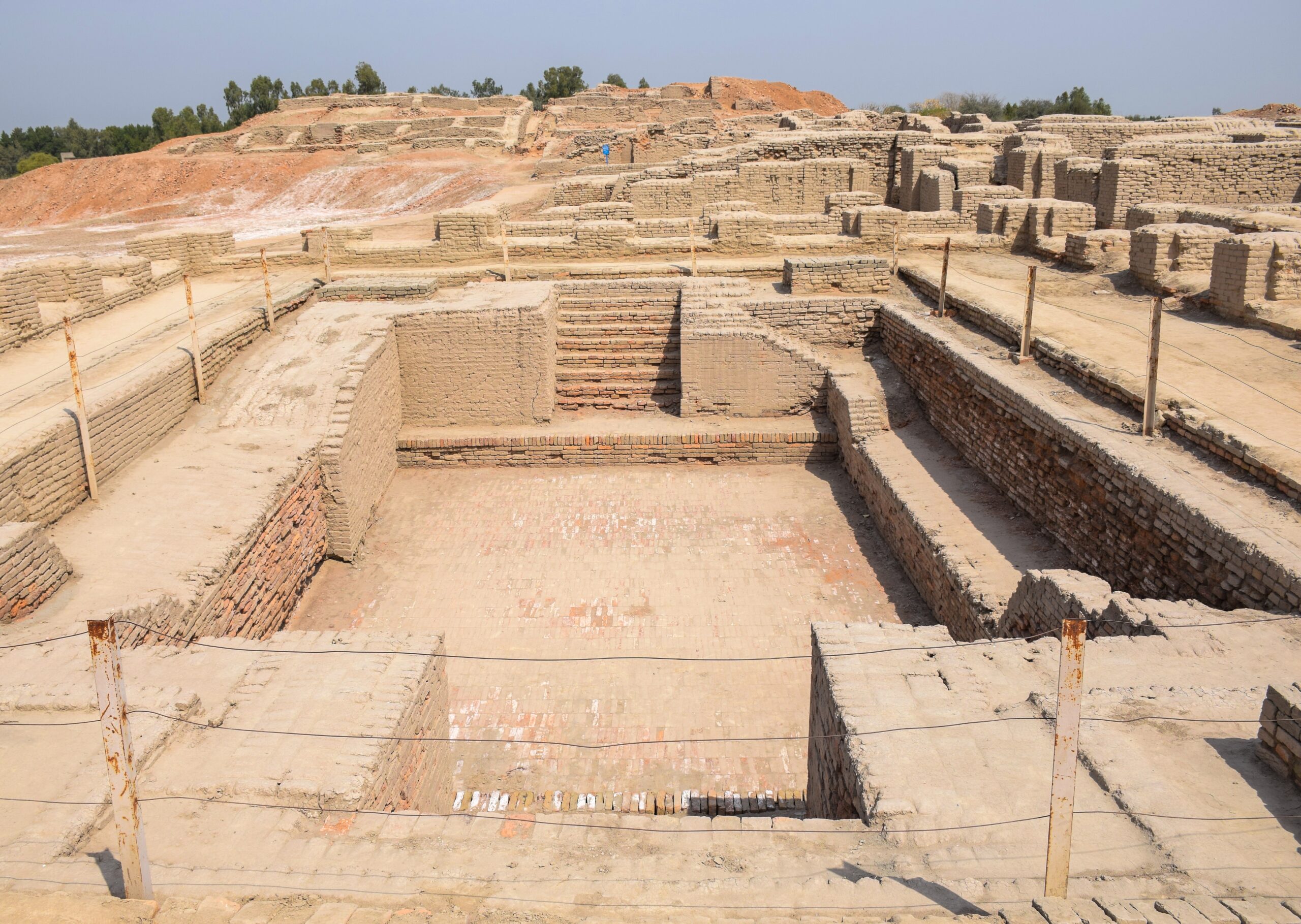
The Indus Valley Civilization, dating back to 3300 BCE in South Asia, was one of the world’s earliest urban cultures. This civilization developed advanced city planning, with homes featuring complex drainage systems and structured streets. Harappa and Mohenjo-Daro, its primary cities, demonstrate sophisticated engineering and architecture. Despite the lack of deciphered written records, artifacts indicate a society rich in trade, art, and spirituality. The reasons behind its decline remain speculative, with climate change and invasions as possible causes. Yet, its mysterious script and innovative urban layout continue to fascinate. Today, the Indus Valley is celebrated for its groundbreaking contributions to urban development.
Aksumite Empire
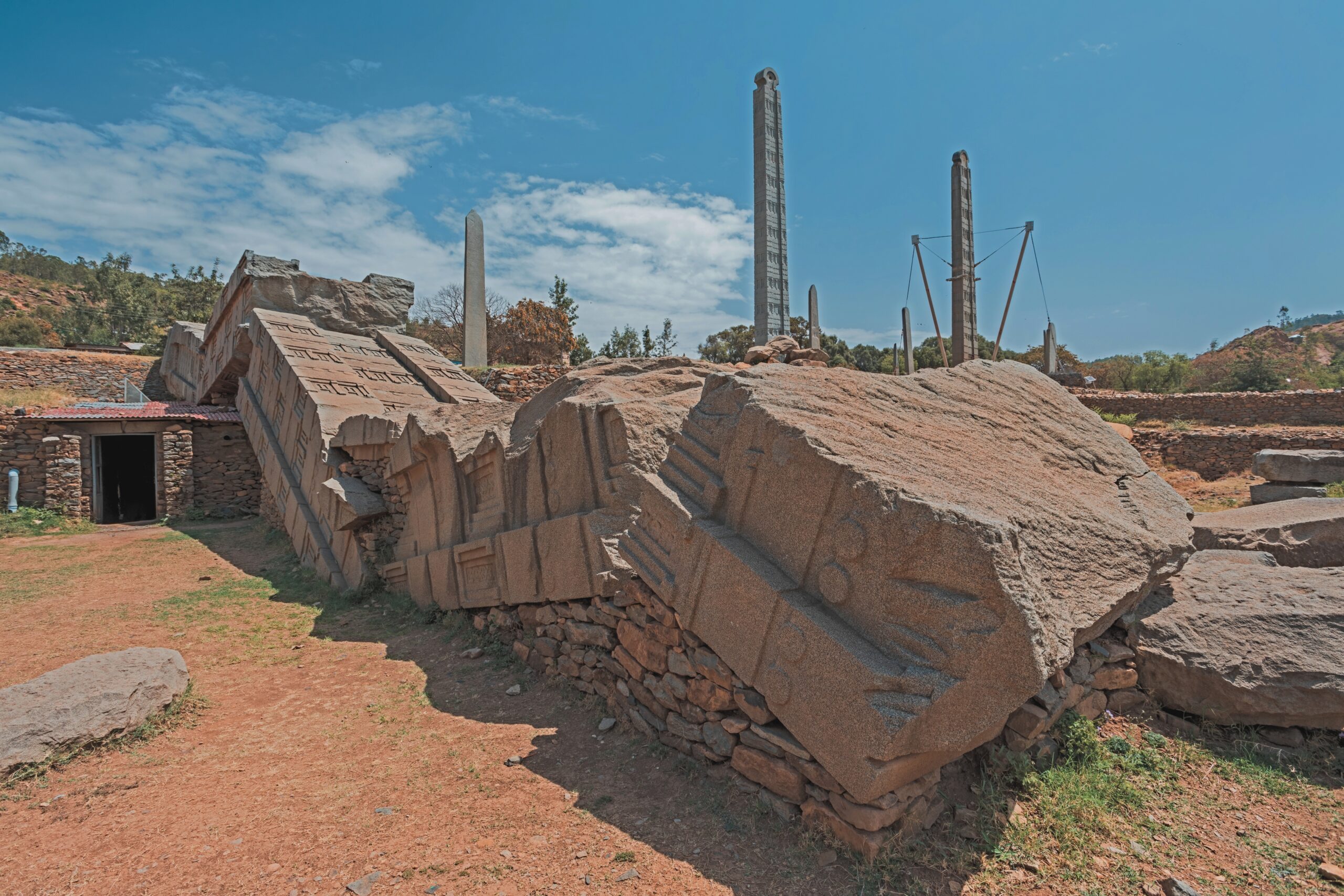
The Aksumite Empire rose to prominence around 100 CE in what is now Ethiopia and Eritrea, marking a golden age in African trade and commerce. Known for its massive stone obelisks, Aksum was both a religious and economic powerhouse. Its ports facilitated trade between the Roman Empire and the Indian subcontinent, fostering cultural exchange. Aksum is also celebrated as one of the first African empires to adopt Christianity in the 4th century. These early Christian roots established Aksum as a spiritual center in Africa. Unfortunately, climate change and isolation led to the empire’s decline. Its monumental obelisks and religious contributions are its enduring legacy.
Norte Chico Civilization

One of the oldest known American civilizations, the Norte Chico developed along the Peruvian coast around 3000 BCE. Unlike other civilizations, Norte Chico seemingly thrived without a written language or ceramics. Archaeological finds, however, indicate complex social structures and impressive architecture. Massive mounds, plazas, and stone structures suggest a society with religious and civic unity. The civilization relied on fishing, utilizing Peru’s rich marine resources rather than agriculture alone. Eventually, environmental challenges may have led to their downfall. Yet, Norte Chico’s innovative adaptations continue to intrigue historians.
Minoan Civilization

The Minoan Civilization, flourishing on the island of Crete around 2600 BCE, is renowned for its sophisticated architecture and art. Famous for the Palace of Knossos, the Minoans were among the first European societies to embrace urbanization. Their vibrant frescoes depict religious ceremonies, nature, and daily life, showcasing an advanced aesthetic. The Minoan script, Linear A, remains undeciphered, leaving their history partially hidden. Maritime trade connected them to Egypt and the Near East, enhancing their wealth. The civilization mysteriously declined after natural disasters and possible invasions. Despite its disappearance, Minoan culture has left a lasting mark on Mediterranean history.
Hittite Empire
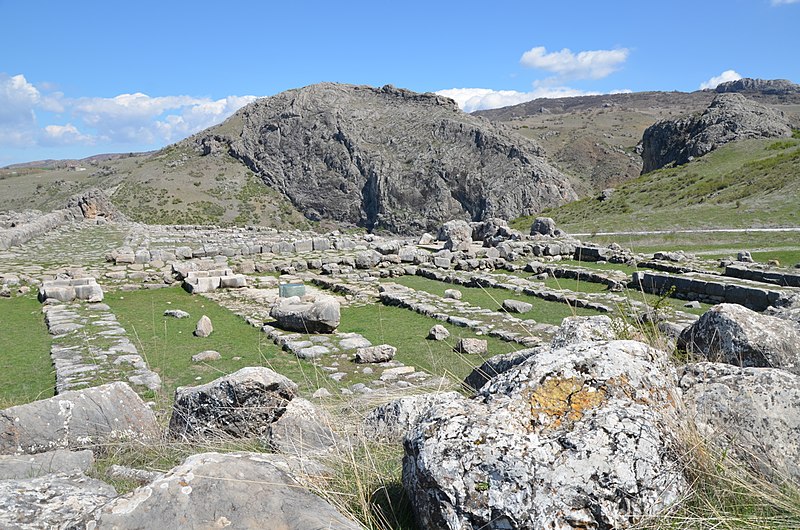
Emerging in Anatolia around 1600 BCE, the Hittite Empire was a formidable military and political force. Renowned for its advanced chariot warfare, the Hittites challenged even the Egyptians in battle. Hattusa, their capital, housed impressive fortifications and temples, attesting to their architectural prowess. The Hittite language, preserved in cuneiform, is one of the oldest recorded Indo-European languages. Diplomatically, they signed the first known peace treaty with Egypt following the Battle of Kadesh. Despite a powerful start, the empire crumbled due to internal strife and external pressures. Their contributions to warfare, diplomacy, and language continue to influence modern studies.
Etruscan Civilization

Before Rome’s dominance, the Etruscans thrived in Italy around 900 BCE, developing a society rich in art, religion, and politics. They were skilled metallurgists, producing intricate jewelry, weapons, and sculptures. The Etruscan script, similar to Greek, is partially deciphered, revealing a blend of mythology and daily life. Unique tomb frescoes display vibrant depictions of feasting, music, and dance, hinting at their spiritual beliefs. The Etruscans significantly influenced Roman culture, especially in religious practices and architecture. Over time, Rome absorbed Etruscan cities, erasing much of their distinct culture. However, Etruscan artistry and influence on Rome preserve their legacy.
Kingdom of Kush
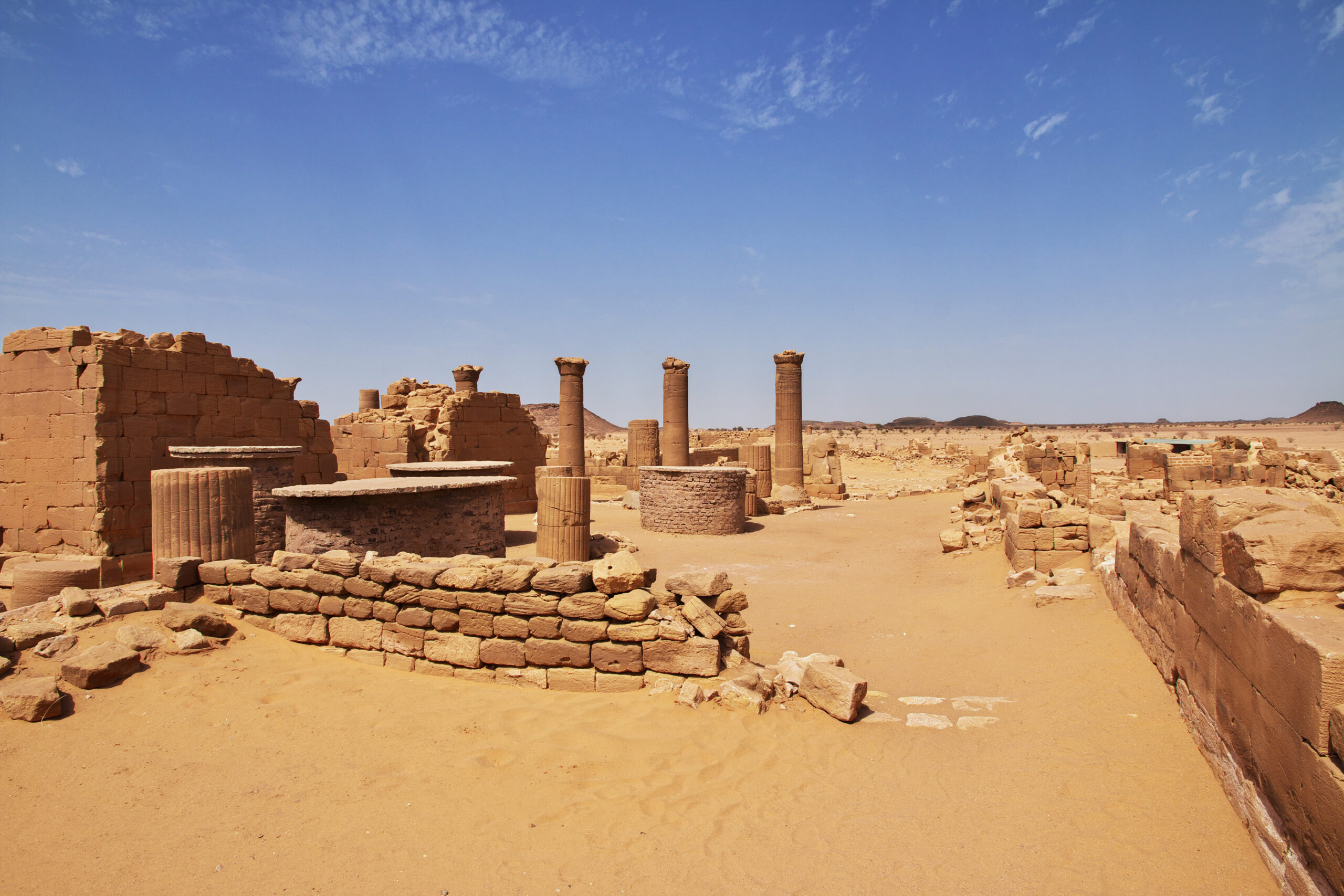
Located in Nubia, the Kingdom of Kush emerged as a rival and ally of ancient Egypt around 1070 BCE. Its capital, Meroë, became a hub for iron smelting and monumental construction. Kushite pharaohs ruled over Egypt as the 25th Dynasty, blending Egyptian and Nubian traditions. The kingdom developed its own writing system, the Meroitic script, though it remains undeciphered. Their art and architecture reflect a unique fusion of Egyptian and African styles. Declining due to economic and political challenges, Kush’s remnants are monumental. Its pyramids, now iconic, stand as a testament to a unique Nile Valley civilization.
Olmec Civilization
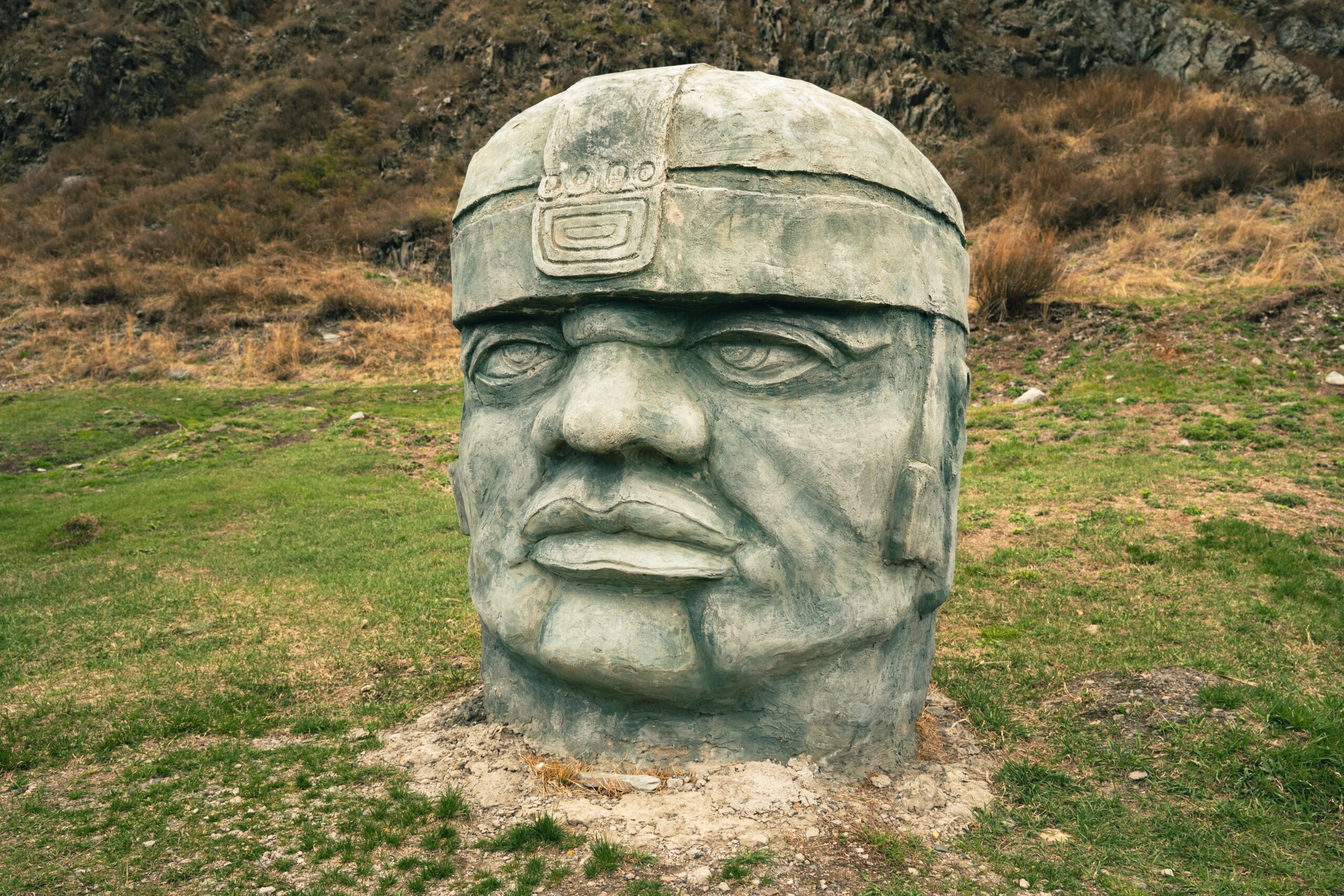
The Olmec, flourishing in Mesoamerica around 1400 BCE, are often considered the “mother culture” of later Mesoamerican civilizations. Known for colossal stone heads, the Olmec produced monumental sculptures that reveal sophisticated craftsmanship. They developed a numerical system and early forms of writing, setting the stage for later Mesoamerican societies. Olmec cities housed complex religious and political systems centered around powerful rulers. Though they eventually declined, their influence persisted through cultural elements adopted by the Maya and Aztecs. Ritual practices, such as the ballgame, originated with the Olmec. Today, their legacy is recognized in their art and ceremonial sites.
Vinca Civilization
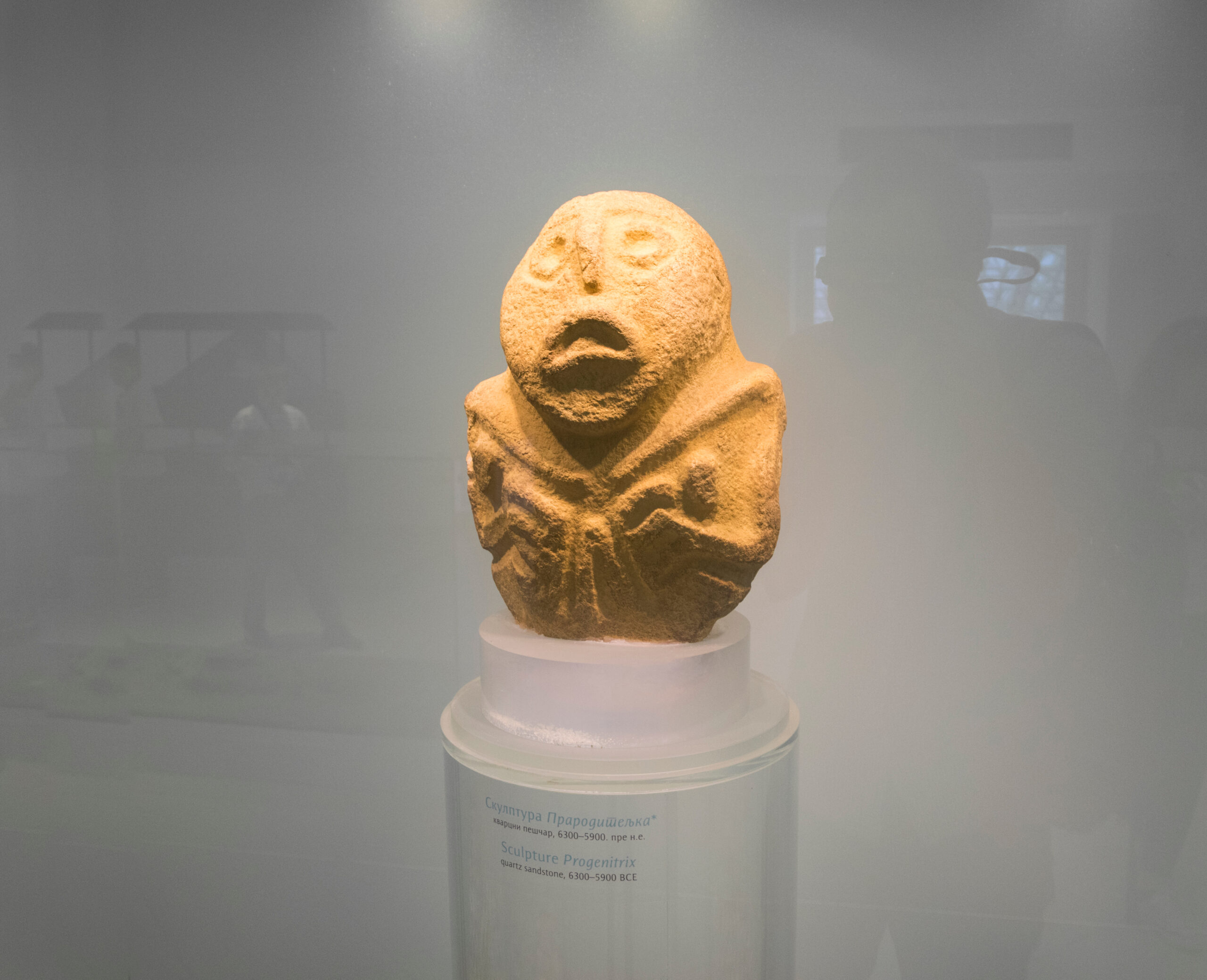
The Vinca Civilization, which flourished around 5500 BCE along the Danube River in Southeastern Europe, is one of the earliest known societies to produce a proto-writing system. Renowned for their clay figurines, the Vinca created intricate and stylized human forms that hint at a complex belief system. Settlements were organized and technologically advanced, featuring copper tools and pottery, long before other European societies. Their mysterious symbols, found on artifacts, are still undeciphered, raising questions about their language and communication methods. Although they disappeared around 3500 BCE, the Vinca influenced subsequent cultures in the region. Their artifacts showcase a society that balanced artistic expression with practical technology. Vinca’s remains offer a fascinating glimpse into prehistoric European society.
Sabaean Civilization
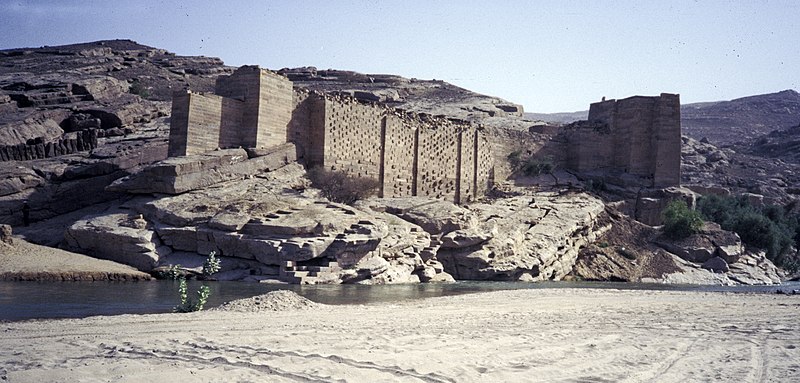
In the highlands of present-day Yemen, the Sabaean Civilization thrived around 1200 BCE, establishing a wealthy society centered on trade and agriculture. Known as the land of Sheba in ancient texts, the Sabaeans traded frankincense and myrrh across the Arabian Peninsula. They constructed advanced irrigation systems, allowing agriculture to flourish in the harsh desert climate. Marib, their capital, boasted monumental structures, including the Marib Dam, one of the ancient world’s most impressive engineering feats. This society practiced a polytheistic religion, with temples and inscriptions devoted to their deities. Declining around 275 CE, the Sabaeans left a legacy of trade routes and engineering expertise. The remnants of their culture are visible in inscriptions and architectural ruins.
Tuwana Kingdom
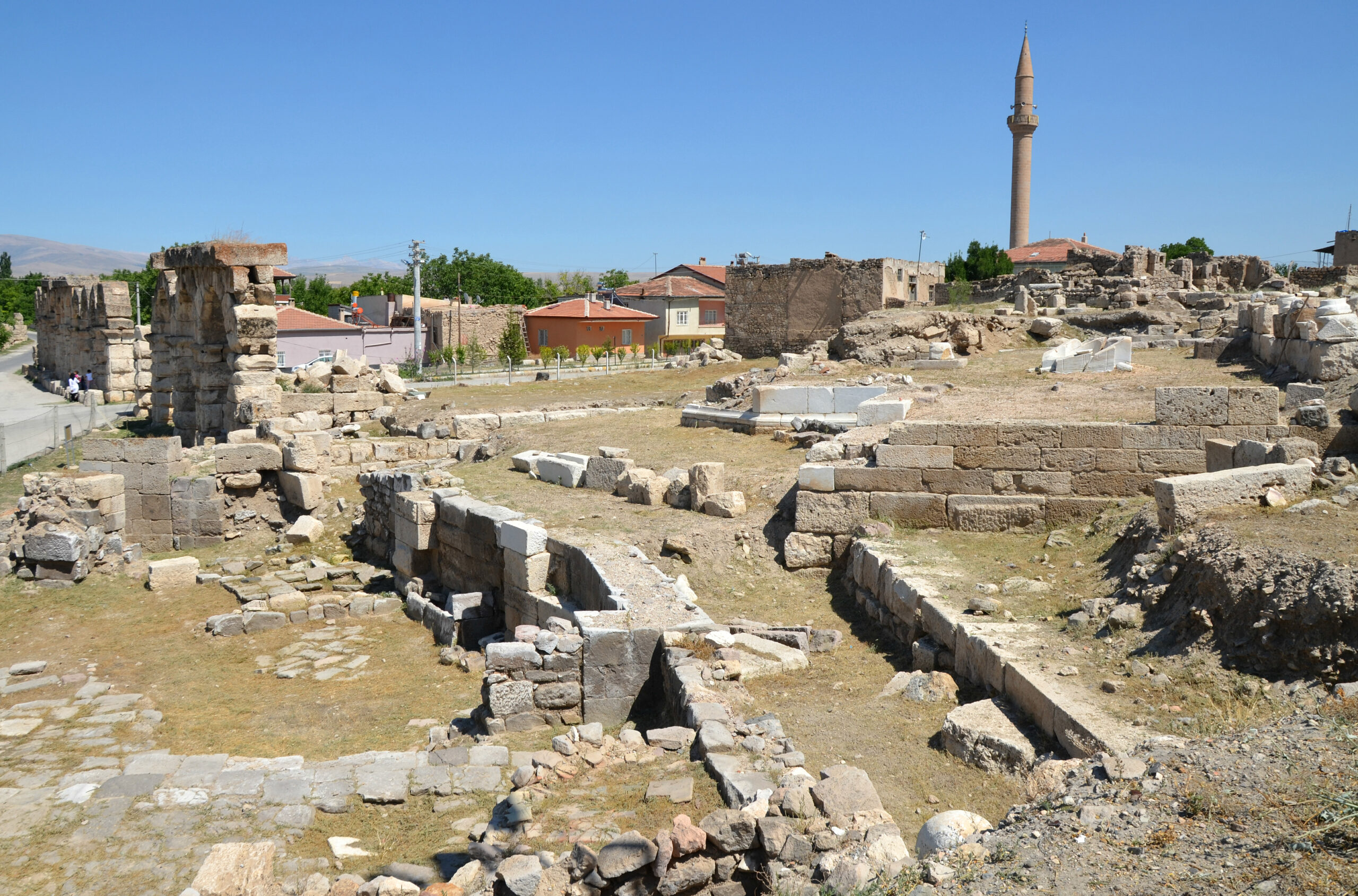
The Tuwana Kingdom, a mysterious civilization of the Iron Age, flourished in Central Anatolia around 1200 BCE. Known for their inscriptions in the now-lost Luwian script, the Tuwana people left behind stone monuments and fortifications. Their kingdom acted as a cultural bridge between the Hittites and Assyrians, absorbing and influencing neighboring cultures. Evidence suggests that they had advanced knowledge in metalworking and agriculture, which sustained their society. Their decline coincided with the spread of the Neo-Assyrian Empire, which absorbed Tuwana. Despite their small size, the kingdom’s unique art and inscriptions remain as a testament to their culture. Today, Tuwana provides insights into the cultural diversity of ancient Anatolia.
Nok Civilization

Emerging around 1000 BCE in present-day Nigeria, the Nok Civilization is one of West Africa’s oldest known societies. The Nok are celebrated for their terracotta sculptures, which depict humans and animals in unique and intricate styles. Their artwork, some of the oldest known in Sub-Saharan Africa, suggests a complex social structure with distinct cultural practices. Archaeological findings indicate they mastered iron smelting, making tools that enhanced their agricultural productivity. Nok settlements were well-organized, implying a stable economy and governance. Though they mysteriously disappeared around 300 CE, the Nok influenced subsequent African societies. Today, their sculptures remain a cultural treasure, revealing a sophisticated and creative people.
Zapotec Civilization
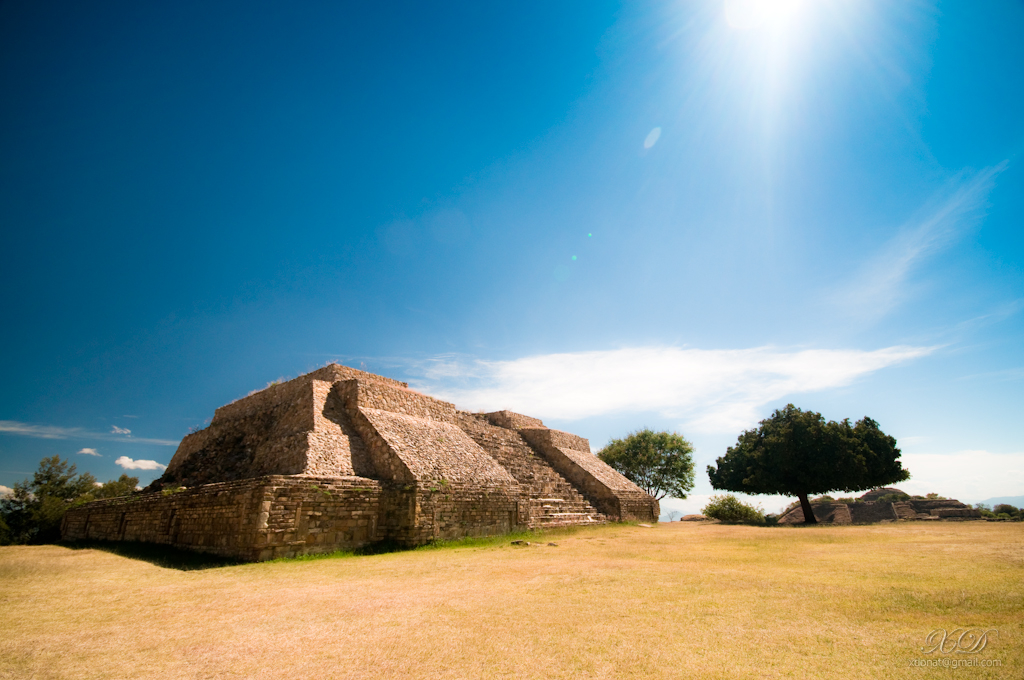
The Zapotec Civilization, originating in Oaxaca, Mexico around 700 BCE, built one of Mesoamerica’s first urban centers at Monte Albán. Known for their unique glyphic writing, the Zapotecs created records of their society, religious beliefs, and rulers. They constructed grand temples and plazas, where rituals and political gatherings took place. Unlike other Mesoamerican societies, the Zapotecs maintained a relatively stable existence without significant military expansion. Through trade and cultural exchange, they influenced the development of nearby civilizations. Their decline around 900 CE left their grand city abandoned, yet their legacy endures in the region’s cultural heritage. Monte Albán’s ruins remain a testament to their architectural and cultural achievements.
Gandhara Civilization

Gandhara, located in present-day Pakistan and Afghanistan, was a major cultural center around 1500 BCE, bridging the ancient East and West. Known for its Greco-Buddhist art, the Gandhara Civilization blended Hellenistic and Buddhist influences, creating unique sculptures and architecture. The region thrived as a cultural crossroads during the reign of the Mauryan Empire and later the Kushan Empire. Artifacts show a sophisticated society that embraced philosophy, art, and spirituality, with influences from Greek and Persian cultures. Buddhist stupas and statues of the Buddha in Greek-style attire highlight Gandhara’s eclectic artistry. This civilization gradually faded with the spread of Islam in the region. Today, Gandhara’s art provides an insightful look at cultural fusion in antiquity.
Urartu Kingdom
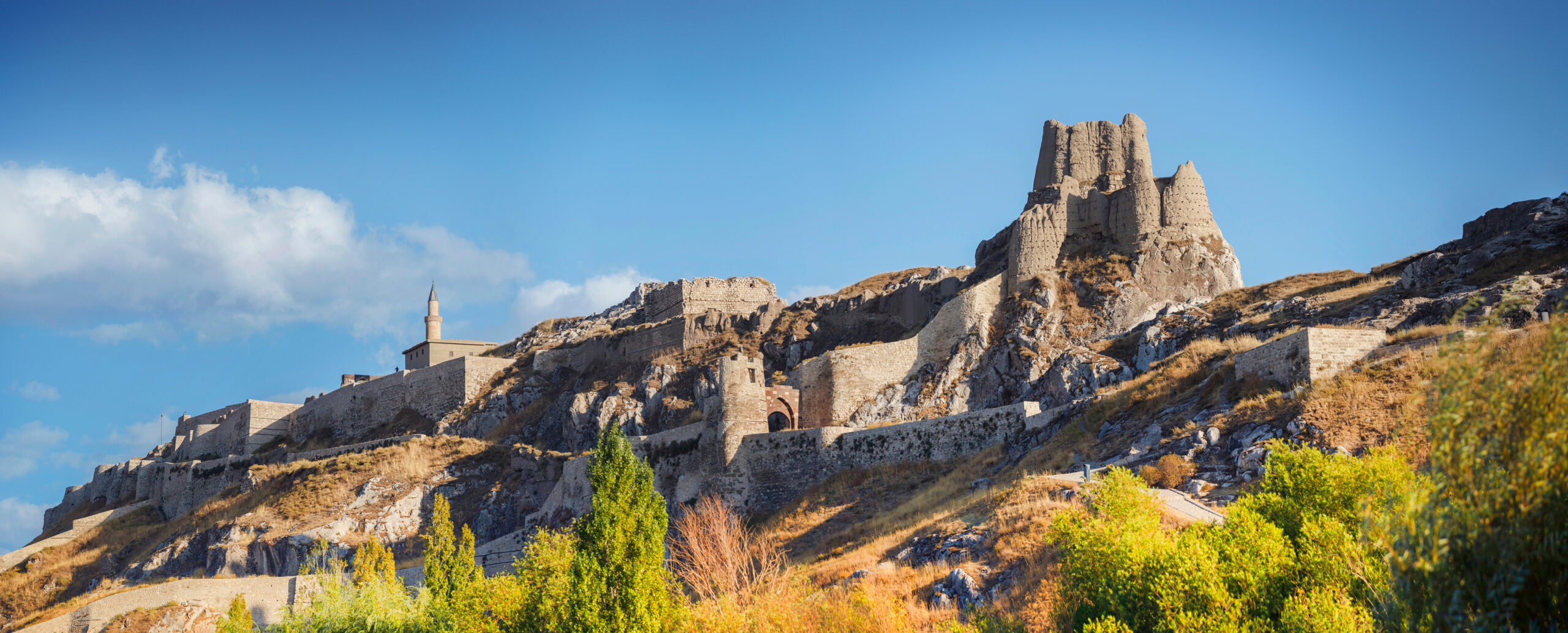
The Kingdom of Urartu, emerging around 860 BCE in the Armenian Highlands, was a formidable power in the Near East. Urartians excelled in architecture, constructing impressive fortresses and water management systems across their mountainous terrain. Their capital, Tushpa, was fortified with extensive walls and temples, showcasing a blend of military and spiritual might. Urartians developed a script that resembles Assyrian cuneiform, recording royal achievements and religious practices. At its peak, Urartu rivaled the Assyrian Empire, engaging in frequent conflicts and exchanges. Eventually, internal conflicts and external pressures led to their decline. Their architectural innovations and inscriptions survive as reminders of a resilient and skilled civilization.
Lydia
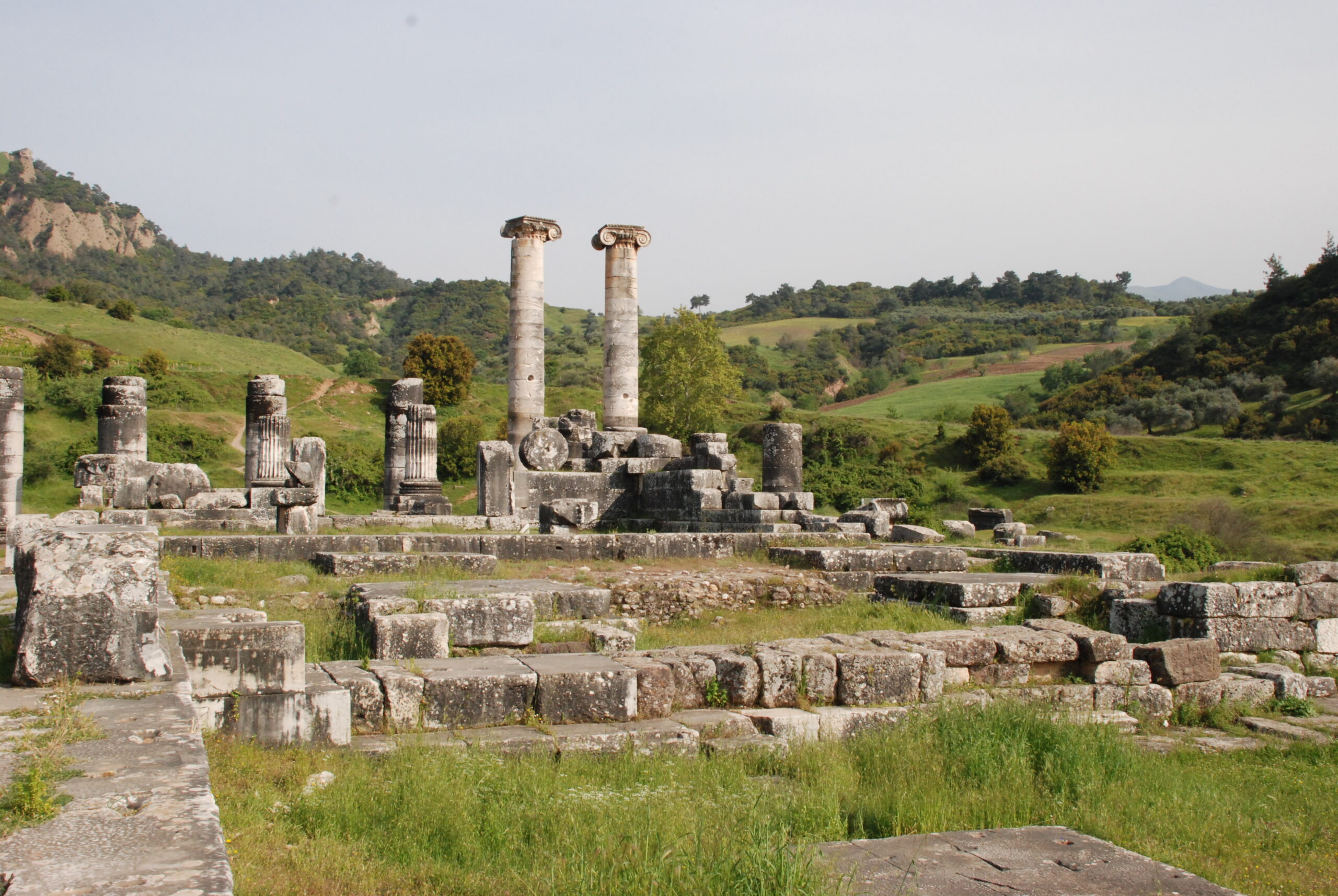
The Kingdom of Lydia, thriving in Western Anatolia around 1200 BCE, was among the first to mint coins, revolutionizing commerce. Known for its rich gold deposits, Lydia’s capital, Sardis, became a prosperous trading hub. Lydians worshipped a pantheon of deities, blending local and Hellenic religious practices. Their innovative use of coinage laid the foundation for modern monetary systems. Despite their wealth, they fell to the Persian Empire under Cyrus the Great. Lydian contributions to trade and economy persist, as they helped shape early economic systems. The remains of their temples and coins continue to shed light on their culture and innovations.
Pazyryk Culture
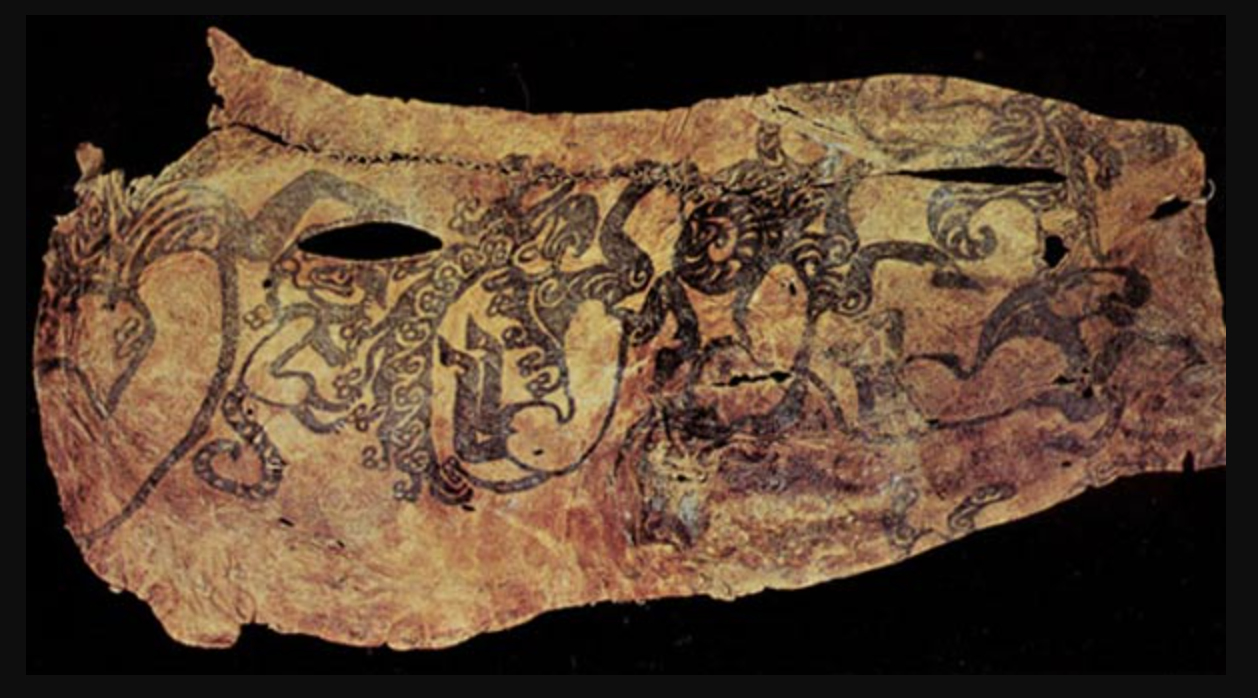
The Pazyryk culture, flourishing in the Siberian Altai Mountains around 500 BCE, was a society of skilled horse riders and artisans. Known for their elaborate tattoos and well-preserved mummies, the Pazyryk left a vivid visual record of their lives and beliefs. Buried in kurgans, or burial mounds, Pazyryk tombs contained textiles, weapons, and decorated horse gear, showcasing their craftsmanship. The cold, dry climate preserved much of their material culture, offering insights into their nomadic lifestyle. Scholars believe they were spiritually oriented, revering nature and animal deities. Declining around 300 BCE, they left a unique legacy of art and tattoos. Their preserved artifacts highlight a culture deeply connected to both nature and artistry.
Moche Civilization
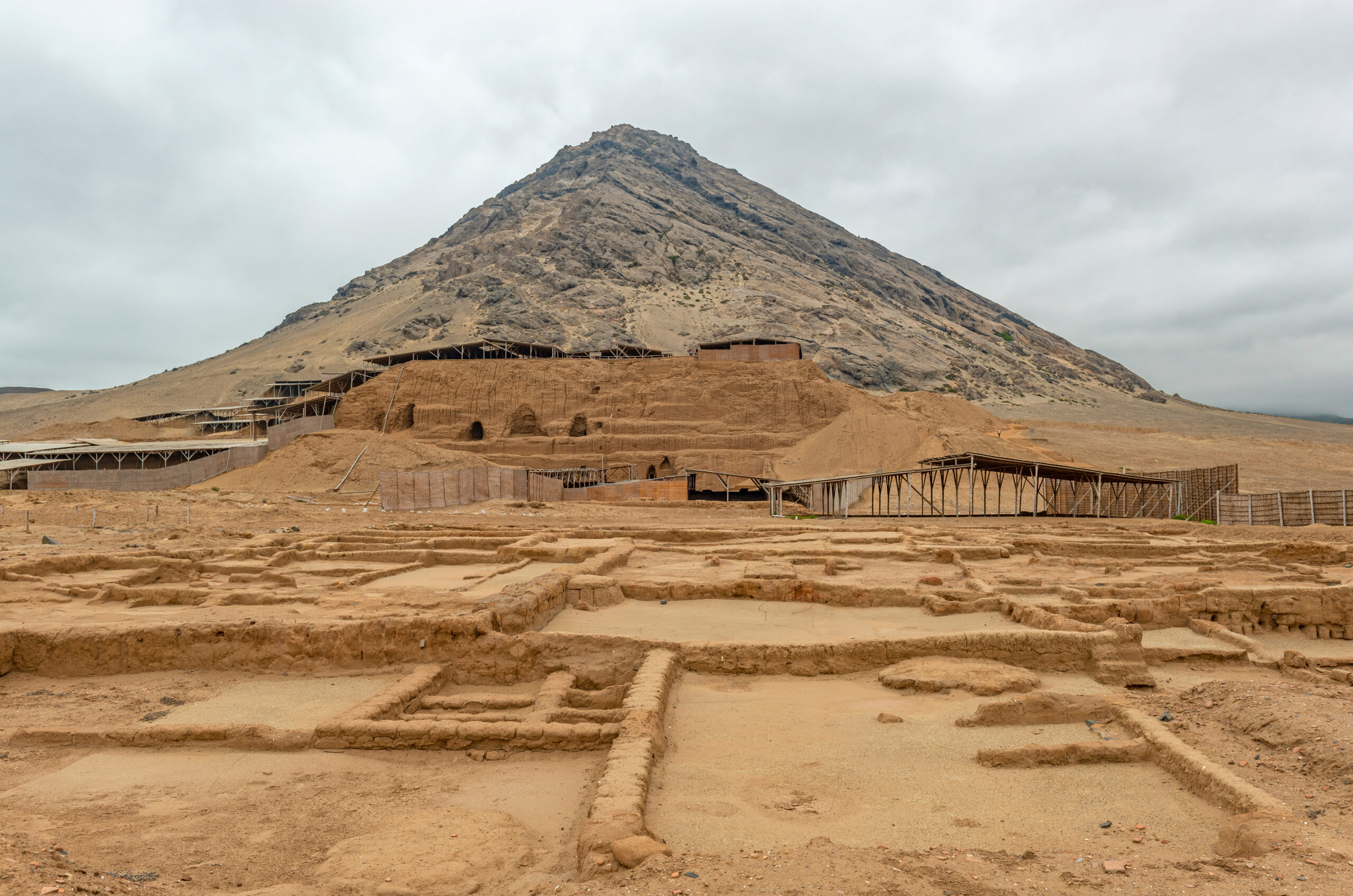
The Moche Civilization, which thrived on the northern coast of Peru around 100 CE, is famous for its intricate pottery and impressive irrigation systems. Moche artisans crafted detailed ceramics depicting warriors, ceremonies, and mythical creatures, revealing aspects of daily life and beliefs. They constructed monumental pyramids, such as the Huaca del Sol, which served as religious and political centers. Moche society appears to have been hierarchically organized, with rulers wielding significant spiritual and political power. The civilization’s reliance on irrigation allowed them to farm in arid lands, supporting a large population. However, natural disasters likely contributed to their decline around 700 CE. Today, their art and architecture remain key to understanding ancient Andean culture.
This article originally appeared on Rarest.org.
More From Rarest.Org
Birds of prey are among the most majestic and powerful creatures in the animal kingdom. These raptors dominate the skies with their massive wingspans, sharp talons, and keen eyesight. Here, we explore the largest birds of prey, each uniquely adapted to its habitat. Read more
11 Largest Countries in Africa

Africa is home to some of the world’s largest and most diverse countries. These nations cover vast areas of land, each boasting unique geographical features, populations, and ecosystems. Read more
Birds across the globe are facing a significant threat of extinction, largely due to the destruction of their habitats. From deforestation to climate change, these environmental pressures have caused drastic declines in bird populations, with some species on the brink of disappearing forever. Read more


